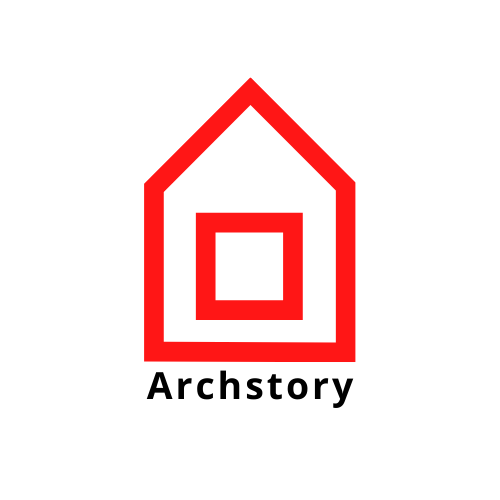
MARS Architectes-Paris XII Apartments
이 프로젝트는 1970년대에 지어진 아파트 단지로 둘러싸인 블록의 중심부부인 파리12구에 완공되었다. 부지의 제약에 직면하여 구조와 외관 모두 목조 건축을 선택했다. 그것은 창의 규모에 따른 결정의 반복, 구조적 제약에 따른 결정, 돌출된 발코니와 창 끝을 보호하는 흰색 보호 페인트 덕분에 악천후로부터 목재를 보호하는 내구성 추구에서 비롯된다. 나무 기둥과 파스드에 리듬을 만들어 고유한 정체성을 부여한다.
The project is located in the twelfth district of Paris, completed in October 2020 for the real estate company GECINA, enclosed at the heart of a block, surrounded by an apartment complex built in the 1970s.
The construction site, separated from the street by an eleven-storey building, prohibited any conventional lifting installation and any passage by air. Likewise, it was imperative that the hall of the existing building remained operational for its residents during the construction.
All these constraints led us to carry out this operation by going through the car park connecting the street to the heart of the block via the basement with extremely small dimensions (3.5m wide x 2.3m free height). In addition to access constraints, there were weight constraints, since the new construction had to span the existing parking lot without keeping the residents from using it.
Driven by a societal ambition and faced with site constraints (access, weight), we opted for a wooden construction both for the structure and the facade. Technical innovation is not just about the choice of material: it must be part of the logic of it. While it is essential to work on the origin of the materials and to move towards the choice of biobased materials that generate jobs that cannot be relocated, it is also essential to pay particular attention to constructive details: assemblies, rhythms, proportions, types of wood… in order to offer a constructive mode embodied in an aesthetic.
It results from the repetition of decisions taken at the scale of the window, decisions motivated by structural constraints and by the search for durability with the protection of wood against bad weather thanks to the projecting balconies and the white protective paint that protects the ends of the wooden beams and which creates a rhythm on the facade, giving it its own identity.
The architectural style of the project is rigorous, contrasting with the apparent freedom that the naturalistic garden takes. One of the major challenges of the project lies in the entry sequence, creating a smooth transition between the urban universe of the city and the intimate universe of the home.
The landscape plays a primordial role here in the displacement of sensations. To achieve this goal, the idea of entering a plant mass that looks like an undergrowth seems more appropriate here than a well-pruned courtyard garden, drawn in a straight line.
The project has to be exemplary with current concerns: quality housing (light, atmosphere, materials) and frugality in their construction and energy consumption. The open gallery strategy made it possible to design run-through plan configuration for all flats systematically, an intrinsic quality allowing space expansion, clearance of corridors as well as a simple and effective natural ventilation.
In conclusion, the project makes it possible to completely renew the site, and on a more global level, to think about collective housing and about the environmental approach which is both renewed here in order to create a new sustainable urban pattern capable of qualitatively growing the city on itself.
Photography by Charly Broyez











from archdaily
'House' 카테고리의 다른 글
| -슬라위스 주거용 건물 [ BIG+Barcode Architects ] Sluishuis Residential Building (0) | 2022.07.18 |
|---|---|
| -막다른 골목의 콘크리트 주택 [ T2P Architects Office ] House Along Cul de Sac (0) | 2022.07.17 |
| -웸버리 뮤즈 홈 앤 스튜디오 [ Russell Jones ] Wembury Mews Home and Studio (0) | 2022.07.14 |
| -오브 토라노몬 [ ETHNOS ] AUBE Toranomon Residential Building (0) | 2022.07.12 |
| -더블에스 하우스 [ Rakta Studio ] SS House (0) | 2022.07.10 |
